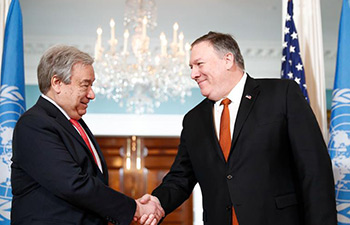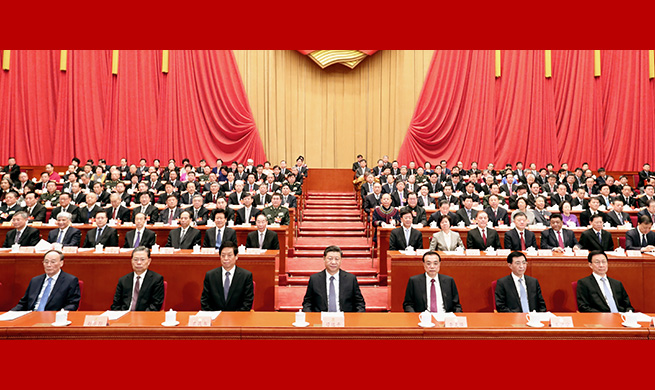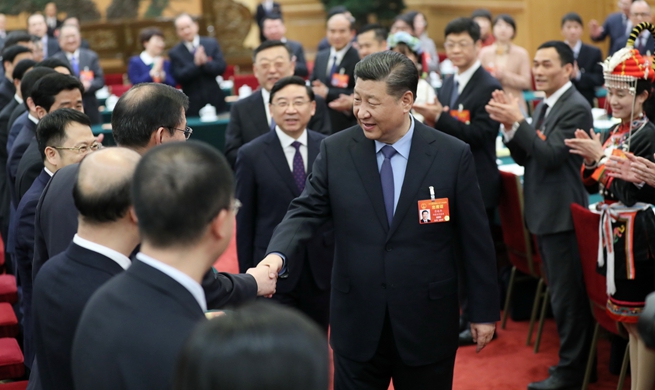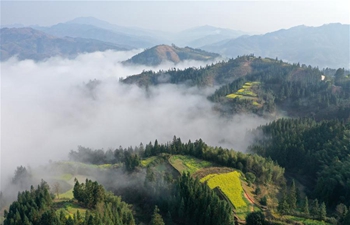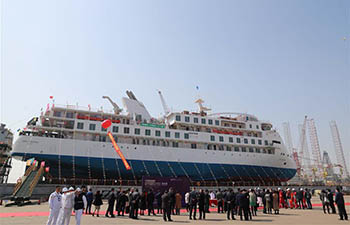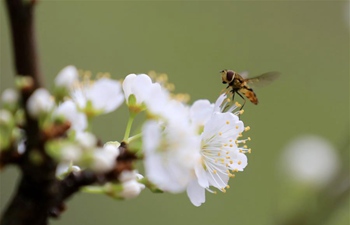BEIJING, March 14 (Xinhua) -- An international study found that freshwater aquaculture in ponds converted from rice paddy fields may cause a significant rise in methane emissions, a major greenhouse gas responsible for global warming.
Aquaculture is one of the fast-growing segments of the food economy and exceeded capture fisheries due to the growing global demand for fish products.
In some countries, rice paddy fields have been and are being converted into aquaculture ponds. Previous studies found that rice paddies are a significant source of atmospheric methane. The greenhouse gas implications of the conversion have yet to be quantified.
Researchers from the Institute of Soil Science, Chinese Academy of Sciences, Britain's Bangor University and Yonsei University in the Republic of Korea measured year-round methane, nitrous oxide and carbon dioxide emissions from paddy fields and the converted crab aquaculture ponds in China's Taihu Lake near Shanghai.
Primarily due to increased methane emissions, about 28 tonnes of carbon dioxide equivalent are released from converted aquaculture ponds per acre every year, compared to 8.15 tonnes from traditional rice patty fields, they reported on the British journal Nature Climate Change.
Paddy fields produce a large amount of methane when decaying plant materials are broken down by microbes called methanogen in the oxygen-free waterlogged soils. In aquaculture ponds that are converted from paddy fields, the food added to feed the crabs and fish increases the amount of rotting material for methanogen to produce more methane.
The researchers then compiled a worldwide database of different freshwater aquaculture systems and found that most methane emitted originated in shallow earthen aquaculture systems and far lower emissions from intensified systems with continuous aeration.
They suggested that more aerated systems should be required to address the significant rise in methane emissions from the conversion of paddy fields to aquaculture, noting that the modification can eliminate methane before it reaches the atmosphere.
According to a report by the UN Food and Agriculture Organization, growth in the global supply of fish for human consumption has outpaced population growth in the past five decades. World per capita apparent fish consumption increased from an average of 9.9 kg in the 1960s to 14.4 kg in the 1990s and 20.4 kg in 2016.
Agriculture, directly affected by climate change, also affects the climate as it is responsible for about one-third of greenhouse gas emissions, a major cause of global warming. Most of the methane in the atmosphere comes from agricultural activities, such as livestock breeding, rice cultivation, and burning of plant materials.









